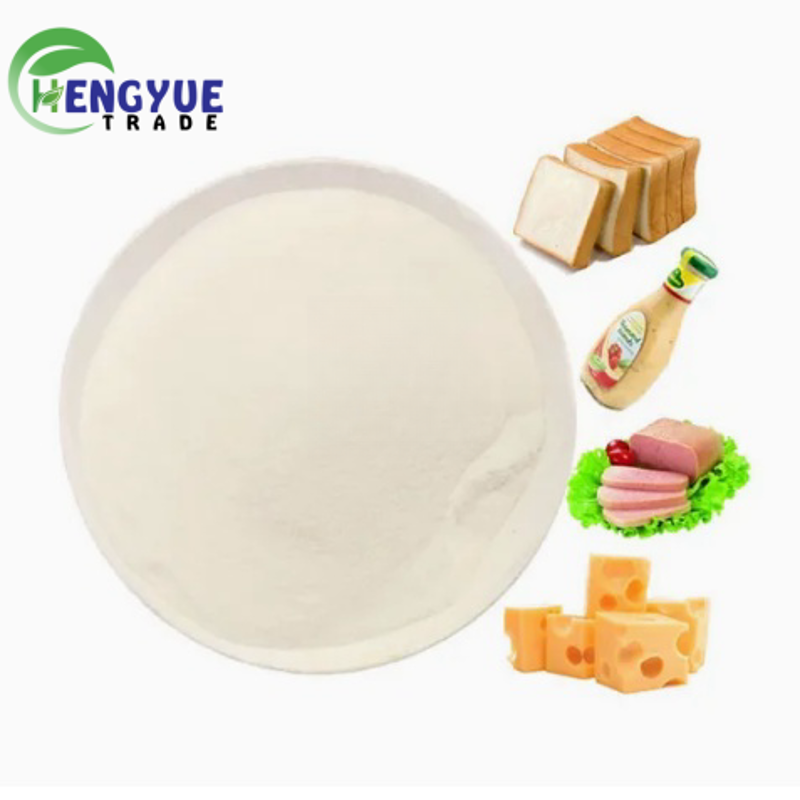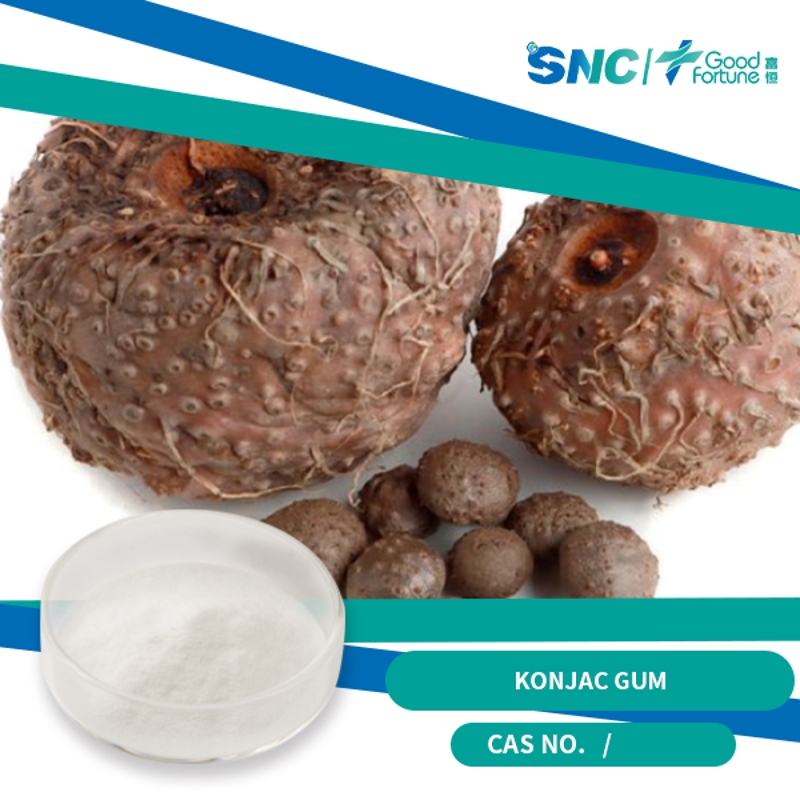-
Categories
-
Pharmaceutical Intermediates
-
Active Pharmaceutical Ingredients
-
Food Additives
- Industrial Coatings
- Agrochemicals
- Dyes and Pigments
- Surfactant
- Flavors and Fragrances
- Chemical Reagents
- Catalyst and Auxiliary
- Natural Products
- Inorganic Chemistry
-
Organic Chemistry
-
Biochemical Engineering
- Analytical Chemistry
-
Cosmetic Ingredient
- Water Treatment Chemical
-
Pharmaceutical Intermediates
Promotion
ECHEMI Mall
Wholesale
Weekly Price
Exhibition
News
-
Trade Service
Original: The types and properties of thickeners for latex paint coatings are expounded
Latex coatings with water as a solvent are mixtures of polymer water dispersions and pigments and filler water dispersions, because the viscosity of polymers and pigments and filler water dispersions is close to water, and this state cannot be constructed
Application scenarios of thickeners for latex coatings
Application scenarios of thickeners for latex coatingsThere are four main types of thickeners for adhesive coatings: natural minerals such as attapulgite, bentonite, montmorillonite (this type of thickener is rarely used at present); Cellulose is mainly hydroxyethyl (hydroxypropyl) cellulose; Acrylic-base swelling and modified acrylic-base swelling are mainly emulsion-like polymers formed by the polymerization of (methyl) acrylic acid, (methyl) acrylates and corresponding functional monomers; The polyurethane binding type is mainly prepared based on the end groups of low molecular weight polyethylene glycol and diisocyanate - NCO or - OH polypolymers, respectively, with hydrophobic alcohols (amines) or long carbon chain monoisocyanates
Basic properties of thickeners
Basic properties of thickenersThickening mechanism of thickeners
Cellulose:
Cellulose thickeners are mainly used to increase the low and medium shear viscosity of latex coatings, with large thixotropy and large
Acrylic-base swelling class:
Such polymers generally carry a large number of carboxyl groups, enter the water to meet the alkali neutralization, form polymer salts, from granular to three-dimensional rod with many branched structures, and because of the intersection to form a network structure
Polyurethane association type:
Such compounds are polymers with both hydrophilic and lipophilic groups
Source of the article: The article is from "China Federal Thickener", please indicate the source when
Responsible Editor:







